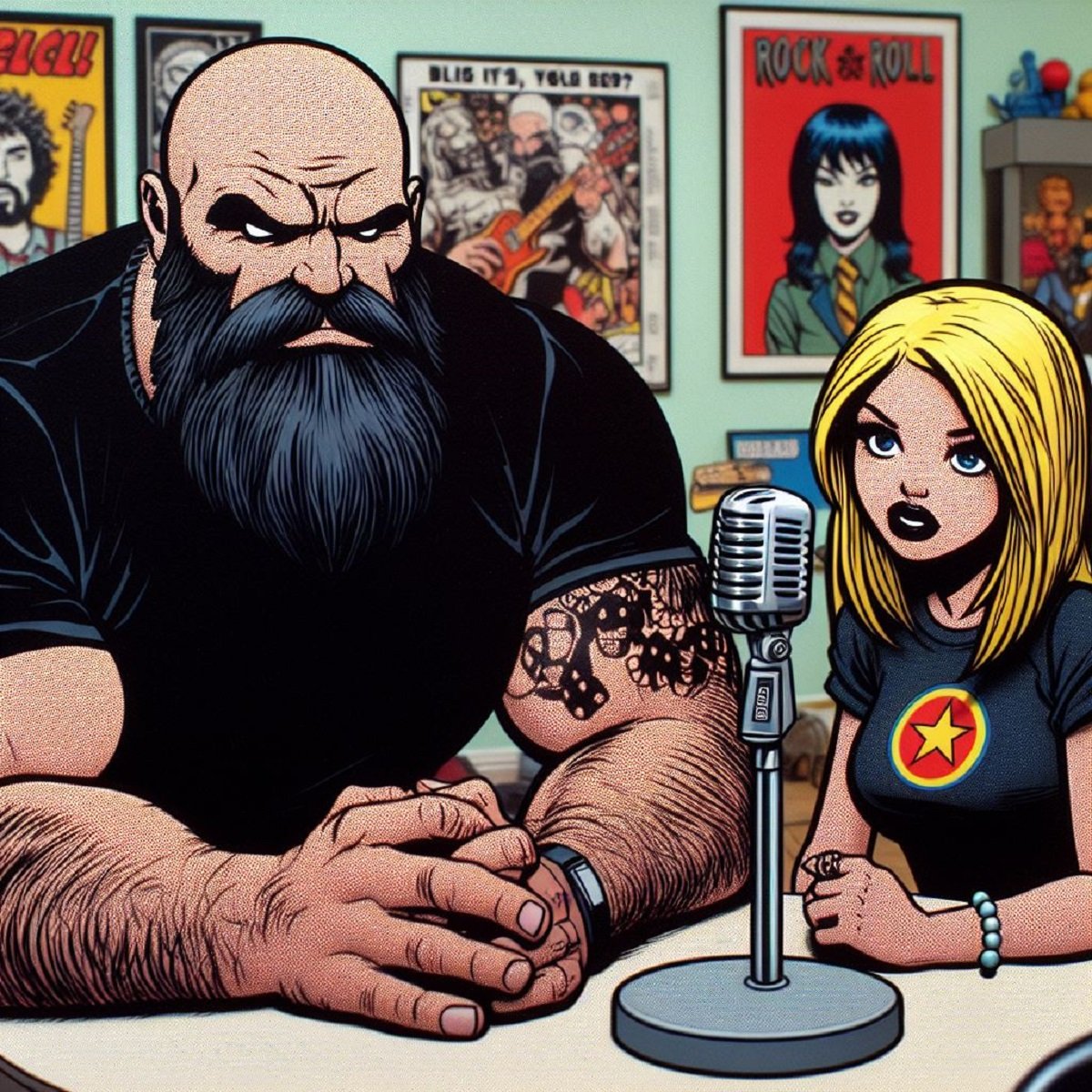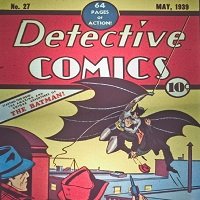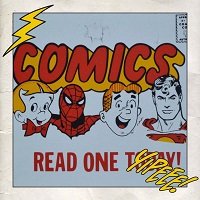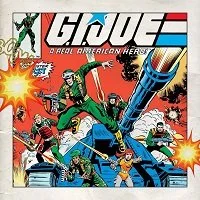Pixel Logic Videogame history: Intellivision and The War to start all wars
By: Juan Nunez (Twitter)
The year is 1979. The young videogame industry has seen its ups and downs. By this point, most people knew what a videogame was. Arcades are increasingly popular, driven by hits such as Space Invaders and Galaxian. Even the handheld and home computer markets have started making small moves towards the mainstream. Home consoles were on a downturn, but they were still profitable. Atari sits on top as the Kleenex of videogames, the brand so synonymous with videogames that it's bordering on becoming a generic term. But this year, Atari's biggest entered the videogame market. Before Playstation Vs. X-Box, before Nintendo Vs. Sega, there was Atari Vs. Intellivision.
In the mid-1970s, Mattel was a giant in the toy and children's entertainment field. They owned Barbie, Hot Wheels, Jack In A Box, and toy licenses to several big brands such as Bugs Bunny and Woody Woodpecker. They even owned Ringling Bros. and Barnum & Bailey Circus for a short time in the early 1970s. Mattel saw the long-term potential of videogames as entertainment and education. When most other companies were pumping out quick Pong clone consoles, Mattel started developing an advanced videogame console in 1977 that took two years to develop.
Designed by engineer David Chandler, the Intellivision was first shown to the public at the 1979 Consumer Electronics Show. It was initially pitched as primarily a home computer solution that hooked up to any home Television. That's where the Intellivision came from, Intelligent-Television. The main unit and the keyboard module cost $165 ($591.43 in 2020) each. This initial plan proved to be overly ambitious. The computer and keyboard modules were unreliable and cost too much to manufacture on a large scale. Mattel kept working on this idea into the early 1980s. Even releasing a commercial for it, but only a minimal number of computer Intellivisions hit the market. This eventually got Mattel in trouble with the Federal Trade Commission in 1982.
By the time it was released in late 1979, the Intellivision had evolved from a computer-console hybrid to a full-blown Console. It's computer background and extra two years of development gave the Intellivision a great graphical and sound advantage over the Atari 2600. It felt like it was a generation ahead because it's hardware was.
Intellivision's most defining hardware feature is its controllers. The first version of the console came with two attached controllers, while later versions came with detachable controllers. These controllers are polarizing. Intellivision fans love them, but most other gamers hate them. They featured a 12 button keypad, 4 side buttons, and a control disc wheel that moved side to side. They gave Intellivision many input possibilities, but it was a lot less intuitive than Atari's 1 joystick and 1 button controller setup. Keypads make for terrible controls in most videogame genres. For certain games, a keypad with a picture overlay to tell you what each button does can give you a lot of flexibility.
In 1978, Atari started using celebrities in their commercials in order to boost sales of their 2600 console. Pete Rose, Don Knox, Billie Jean King and Bobby Riggs, and more. For their console, Mattel took a similar strategy, but they went one step further. They hired George Plimpton, a well-known sports journalist of the era, to be their spokesman. They also hired Henry Thomas, Elliot from the movie E.T., to co-star in a few commercials. Mattel took the unprecedented marketing strategy of featuring Atari games in either own commercials for head to head comparisons. Intellivision games had a clear graphical advantage over their Atari 2600 counterparts. Especially in the Sports Games genre, where the average person knew what the real thing looked like. It was the first time in consoles that the quality of graphics mattered.
This was an aggressive move that had not been seen in the Videogame industry up to that point. Atari had a somewhat contentious relationship with its competitors up to that point. As we've covered before, they basically stole the ideal of Videogame Tennis from the Magnavox Odyssey to create Pong. But this was a cold war that most consumers at the time were not aware of. Magnavox was happy to license their pattens to anyone, including Atari. As long as Magnavox were getting paid, they were happy to step aside. Mattel took an entirely different approach and went straight for Atari's crown of videogame kings.
Atari was not helpless in this War. While they had a massive disadvantage in graphical power, they had a clear advantage in their game library. Atari had well-known arcade ports like Asteroids and Space Invaders, and they had their own library of titles with games like Breakout and Adventure. In general, games for the Atari 2600 focused on faster and easier gameplay. They didn't look as advanced as Intellivision games, but they easier to pick up and play. This battle of graphics vs. gameplay as the primary focus of videogames became a recurring theme in the videogame industry for decades afterward. To this day, some fans favor certain videogame genres over others because of this split in philosophies.
Intellivision sold a respectable 3 million units throughout its lifetime, nowhere near the Atari 2600's 30 million units, but enough to have a sustainable long-term fanbase. Most of those units were sold in the first couple of years of the console when there was direct head to head competition with Atari. Mattel sold off the rights to Intellivision in 1984 to an investment group called INTV. They kept the Intellivision brand alive as a bargain option until 1990. An entire generation of gamers grew up with Intellivision. This created nostalgia for the console. Former Intellivision programmers Keith Robinson and Stephen Roney capitalized on this nostalgia and released Intellivision Lives! This compilation of 60 Intellivision games could be played on Windows, Macintosh, Playstation 2, X-Box, Gamecube, and Nintendo D.S. It sold very well, and it helped spark an appreciation for early videogames in modern gamers. It's one of the earliest examples of retro videogames as it's own subsection of the videogame market.
Intellivision had two more effects on the videogame industry. First, it influenced Atari to create a sequel console to the Atari 2600. This became the Atari 5200 released in 1982. It also influenced Coleco to return to the Videogame market with the ColecoVision console, also released in 1982. With that, the stage is set for the darkest period in videogame history. Next time we'll be covering the Videogame crash of 1983.
In the meantime, here is a very cheesy Intellivision commercial with George Plimpton and Henry Thomas. Legend has it that all the Henry Thomas commercials specifically reference the unnamed child's name because Atari threaten to sue if Intellivision commercials mentioned E.T. Atari had the license to E.T. videogames. So that was a way to jab at Atari, Wink Wink it's the kid from E.T.
If you found this article interesting consider becoming a Patreon supporter. That is how When It Was Cool keeps our website and podcasts online, plus you get lots of bonus content including extra and extended podcasts, articles, digital comics, ebooks, and much more. Check out our Patreon Page to see what's up!
If you don't want to use Patreon but still want to support When It Was Cool then how about a one time $5 PayPal donation? Thank you!

























































